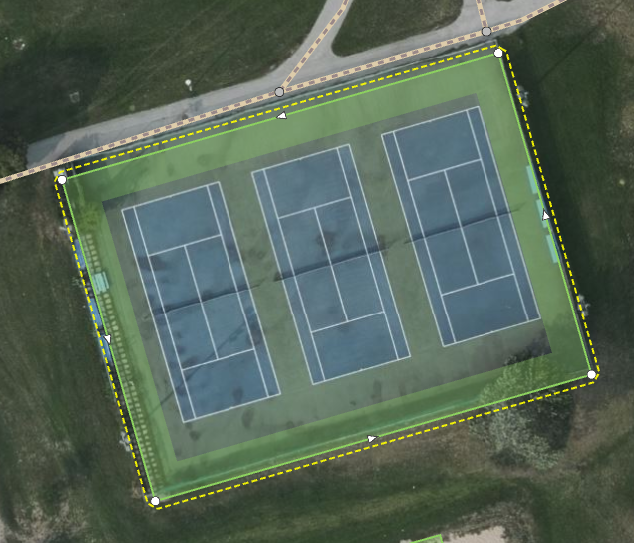Last November, I [Re]Introduced Ultra v3 which introduced a bunch of new features. Today, I’m happy to share what’s changed in Ultra over the past year.
Since my last update, I’ve implemented the following features in Ultra:
- Many new styling features enabled by continued MapLibre updates
- Sprite support updates
- A new Overpass/OSM XML&JSON-to-GeoJSON conversion library
- More basemap styles & style previews
- More export options
- Transforms
- More providers
- An “Open with Ultra” bookmarklet
🌍 MapLibre updates
In January of 2025, Ultra updated to the freshly released MapLibre v5, introducing globe support!
 View Example
View Example
Since then, further MapLibre changes have enabled a host of new styling features including:
color-reliefstyling from raster DEM sources- Data-driven
line-dasharraysupport - Improved font support
- New hillshade methods
📍 Sprites
I’ve added two sprite-related features to facilitate map styling:








